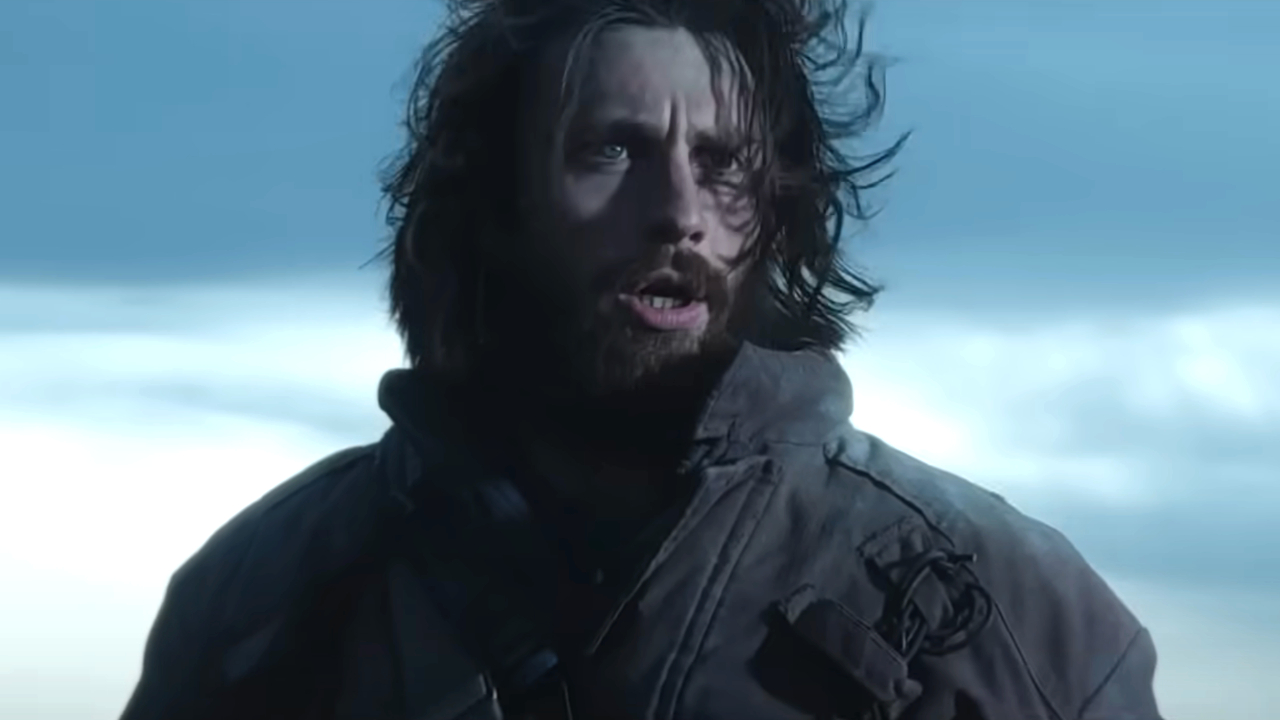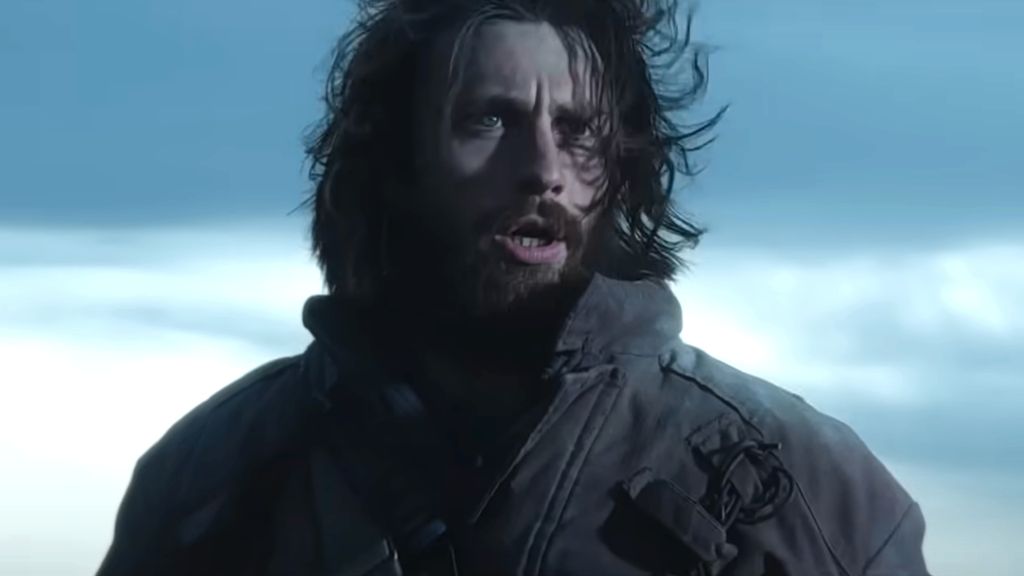I’ve been hyped up about 28 Years Later’s spot on the 2025 movie schedule for quite some time now. And even with the movie currently running in theaters, that energy hasn’t dissipated – a fact that’s only going to grow stronger after today.
Thanks to seeing the film for a second time in 4DX, I’m amazed at what Danny Boyle and Alex Garland’s vision of the apocalypse has yielded. Which leads me to say something I’ve been wanting to say since seeing Sinners in 4DX earlier this year: horror is the king of this format.
While I’ll be going into some specifics with this one, it’s ok if you haven’t seen the movie. I’ll be as vague as possible with my evidence, while also encouraging you to read my 28 Years Later review to find out if this flick is right for you.
28 Years Later’s world-building first act, the journey of young Jimmy (Rocco Haynes) during the original outbreak became even more terrifying. It starts with a pounding on the door, which you feel in your chair.
That’s because most of the motion effects you’ll enjoy at the beginning of writer Alex Garland’s potential trilogy are connected to the Infected you see throughout the film. Running Infected, crawling Slow Lows, and of course the rampages of the Alpha known as Samson (Chi Lewis Parry) all dominate 4DX’s motion chairs. Short of having a Rage fueled run yourself, this is the closest you’ll get to the experience of being one of these evolved creatures.
28 Years Later trailer, you especially need to catch this version before it goes away. Young Fathers’ musical accompaniment of that haunting piece really dials into the vibration effects of 4DX’s chairs.
The craziest thing is that sequence in particular isn’t even one of the deeply horror set pieces. It’s a setup montage that fills in the backstory of this strange world we’re about to watch unfold. But thanks to that rumble you feel through your body, courtesy of this trio’s melodic manipulation, the dread and unease that’s inherent in that poem rises.
Ralph Fiennes) dip into the very real human fear present in this new story. While it’s not traditionally terrifying, the response to this moment is absolutely felt.
Similar to how Sinners used 4DX to key into the emotions of everything from piercing the veil to stories of racist inhumanity, the movie at hand gives us a beautiful but haunting lens on the subject of mortality itself. Some may be thrown off by this segment, and indeed, Danny Boyle thinks the studio held off on screening the full film for as long as it did because of it. But I think this scene proves that both sides of the horror movie coin are well served, showing that you don’t need to merely scare audiences with your premium formatting.
How to Train Your Dragon’s lean 4DX-perience doesn’t make sense, because that’s supposed to be a crowd-pleasing thrill ride. 28 Years Later’s more restrained approach makes total sense, as that’s the sort of movie you’re going to expect when buying a ticket. When it comes to showing off both sides of that coin, the horror genre has given us the best examples of why this emerging format is well worth considering for a night out.

When 28 Years Later does use the premium format bells and whistles, it certainly packs a punch. Having that lesson developed in my mind, my careful criticism of movies in this format continues to grow, which is good, as we have several 4DX blockbusters like F1 and The Fantastic Four: First Steps on the way in the months to come.
But if you ask me, I’m eyeing upcoming horror movies like M3GAN 2.0, I Know What You Did Last Summer, and others, hopeful that we’ll see even more frights coming our way in a similar fashion. So if you haven’t seen the movie yet, or if you want to relive 28 Years Later’s wild ending with motion seats, there’s only one word I have for you. RUN!

